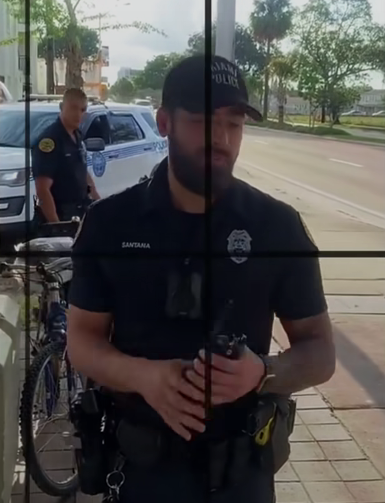A recent viral video has reignited the debate over citizens’ rights to film law enforcement officers during public duties. In the footage, police officers approach a man who is recording them, accusing him of “obstructing their investigation” and citing “officer safety” as the reason for their actions. However, observers have pointed out a clear inconsistency — a woman calmly sitting on a nearby bench was left completely unbothered by the officers.
This has led many to conclude that the real issue wasn’t about safety or obstruction, but rather the presence of a camera. As one commenter sharply noted, “Simple deduction, it’s the camera that concerns the officers, and that’s a First Amendment protected activity — to film police in the course of their duties.”
In the United States, the First Amendment guarantees the right to record public officials, including police officers, as long as it does not interfere with their work. Courts have repeatedly upheld this right, recognizing that filming law enforcement is a crucial tool for public accountability and transparency.
Yet, incidents like this highlight an ongoing tension. Critics argue that some officers, uncomfortable with being recorded, may misuse claims of “obstruction” or “safety concerns” to pressure citizens into stopping lawful filming. Terms like “power tripping” and “butt hurt,” used by commenters, reflect growing frustration with what is perceived as abuse of authority when faced with public scrutiny.
This case serves as a reminder of the importance of knowing your rights. Filming police in public spaces is legal, but citizens should always ensure they maintain a safe distance and avoid interfering with active investigations.
As technology continues to empower everyday people to document real-time events, the conversation around balancing officer safety with civil liberties becomes ever more critical. Transparency should not be seen as a threat, but as a foundation for trust between law enforcement and the communities they serve.
In the end, a camera is not a weapon — it is a witness.
